When it comes to cookies, few are as universally loved and instantly recognizable as the snickerdoodle. But have you ever stopped to think about the fascinating history behind this baking staple? From its European roots to modern variations, the snickerdoodle's journey is as rich as its flavor profile.
Origins: A Cookie with Heritage

The snickerdoodle cookie has a history as rich as its flavor. While its exact origins are a topic of debate among baking enthusiasts, most agree that the snickerdoodle has its roots in 19th century Germany. The name "snickerdoodle" is likely derived from the German word "Schneckennudel," which loosely translates to "snail noodle," a type of sweet bun.
However, the snickerdoodle as we know it today is more closely associated with New England, United States. The snickerdoodle recipe gained popularity in this region during the 19th and early 20th centuries.
While many American desserts have clear European origins, snickerdoodles represent one of the few truly American cookie innovations that gained widespread popularity.
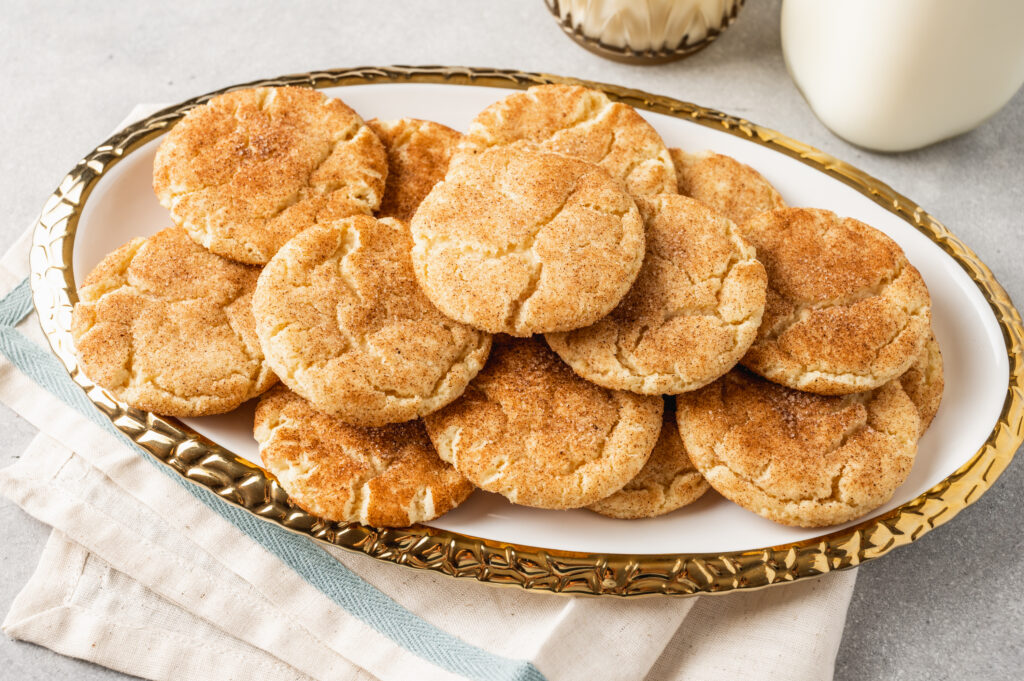
Interestingly, some food historians trace the cookie's heritage even further back to German "schneckennudeln" (snail noodles) pastries, which were similar to cinnamon rolls. However, the true connection between these German treats and modern snickerdoodles remains a subject of debate.
The snickerdoodle stands out in American cookie history as one of the few cookies that truly evolved in the New World, rather than being directly imported from European traditions.
— Anne Byrn, Food Historian
The Mystery of the Name
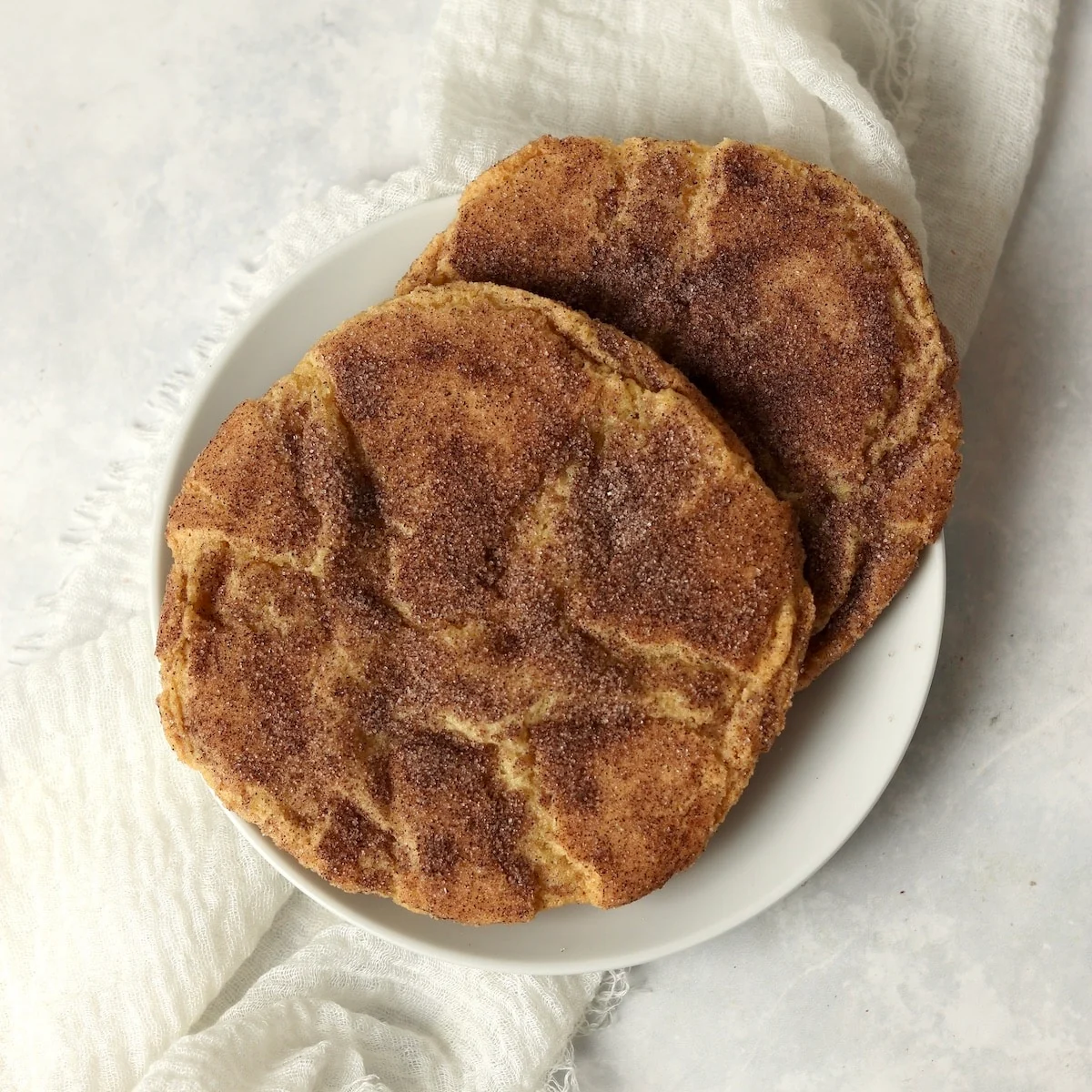
Perhaps the most charming aspect of snickerdoodles is their whimsical name. Several theories exist about its origin:
- It could be a corruption of the German word 'schneckennudeln'
- It might be simply a fanciful, meaningless name given to a cookie in New England, where nonsensical cookie names were once common (hermit cookies and joe froggers are other examples)
- Some suggest it comes from the Dutch word 'snekrad,' meaning snail
- Others believe it's purely an invention of American humor, a playful name for a simple cookie

Whichever origin is true, the name "snickerdoodle" has become as beloved as the cookie itself, adding to its distinctive charm and cultural significance.
Evolution of the Snickerdoodle Name
1800s
First appearances in New England cookbooks simply as 'snickerdoodles' without explanation of the name origin.
1900s
Popularized through community cookbooks and newspaper recipe exchanges, spreading the name nationwide.
1950s
The name becomes standardized in major cookbooks like Betty Crocker and The Joy of Cooking.
Today
Brand recognition of 'snickerdoodle' extends beyond cookies to flavoring for various commercial products.
Rise to Popularity

Snickerdoodles gained widespread popularity in America during the early to mid-20th century. Their simplicity made them perfect for home bakers, and their inclusion in community cookbooks helped spread the recipe across the country.
Historic Snickerdoodle Artifacts




By the 1950s, snickerdoodles had become a staple of American baking, appearing in numerous cookbooks and becoming a familiar treat in many households. Their combination of simplicity, affordability, and delicious taste made them particularly popular during the post-war era when home baking saw a significant resurgence.
Regional Variations
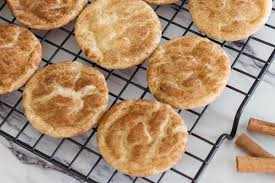
As snickerdoodles spread across America, regional variations emerged:
Regional Snickerdoodle Styles
New England Style
Thinner and crispier cookies with a more pronounced cracked surface. Often made with a higher ratio of butter.
Midwestern Style
Softer, puffier texture with a cake-like interior. Usually larger in diameter and thicker than other regional varieties.
Southern Style
Incorporates additions like nutmeg, vanilla, or sometimes even a touch of molasses for a more complex flavor profile.
West Coast Style
Artisanal versions featuring alternative ingredients like brown sugar, specialty cinnamon varieties, or sea salt toppings.

Despite these variations, the core elements remain consistent: a sugar cookie base with a distinctive cracked surface and cinnamon-sugar coating that defines the classic snickerdoodle experience.
The cream of tartar in traditional recipes is what gives snickerdoodles their signature tangy flavor and chewy texture—a chemical reaction that distinguishes them from regular sugar cookies rolled in cinnamon.
Snickerdoodles Today
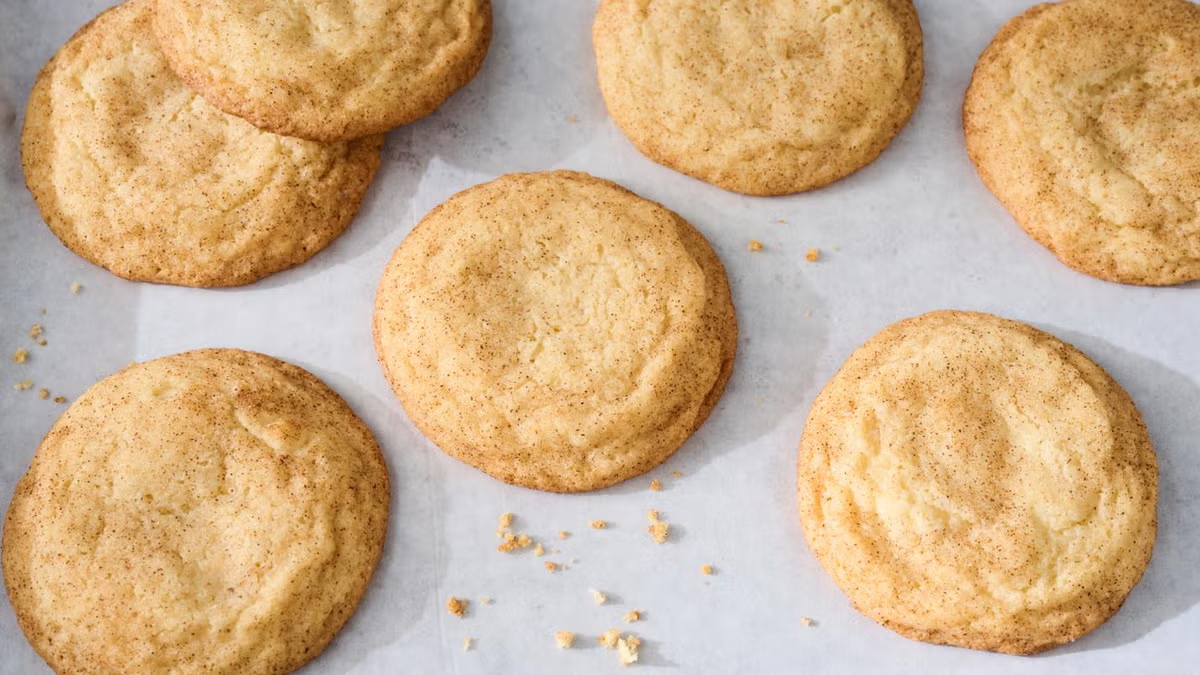
In the 21st century, snickerdoodles continue to evolve while maintaining their beloved status in American baking. Modern variations include chocolate chips, different spice blends, and even vegan and gluten-free adaptations.
Beyond the Cookie: Snickerdoodle in Modern Food
Breakfast cereals featuring snickerdoodle flavoring have appeared on store shelves.
Ice cream companies offer seasonal snickerdoodle flavors.
Premium bakeries create gourmet versions with imported cinnamon varieties.
Vegan and gluten-free alternatives cater to those with dietary restrictions.
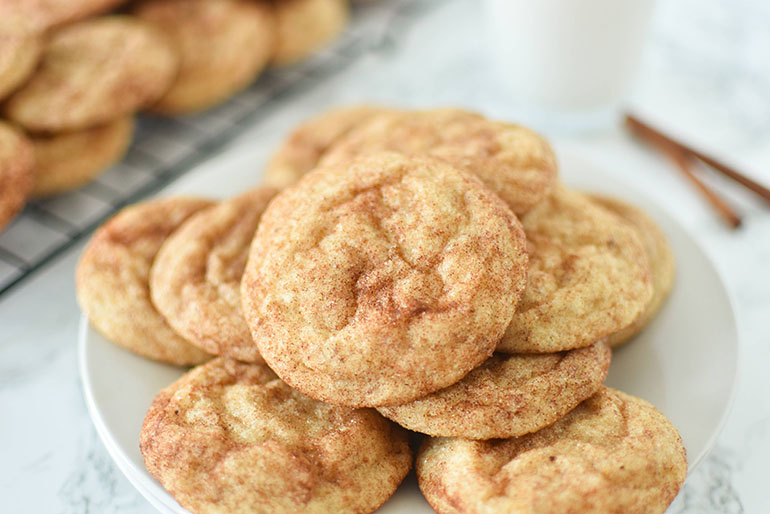
Despite these innovations, traditional snickerdoodles remain a favorite, particularly during the holiday season when their warming cinnamon aroma makes them especially appealing in American households.
Whether you prefer them soft and chewy or thin and crispy, snickerdoodles have earned their place in the pantheon of classic American cookies. Their simple ingredients, distinctive taste, and whimsical name have endured for generations, making them not just a tasty treat but a piece of culinary heritage.
The next time you enjoy a snickerdoodle, you're participating in a baking tradition that spans centuries—a delicious connection to the past that continues to bring joy today.
